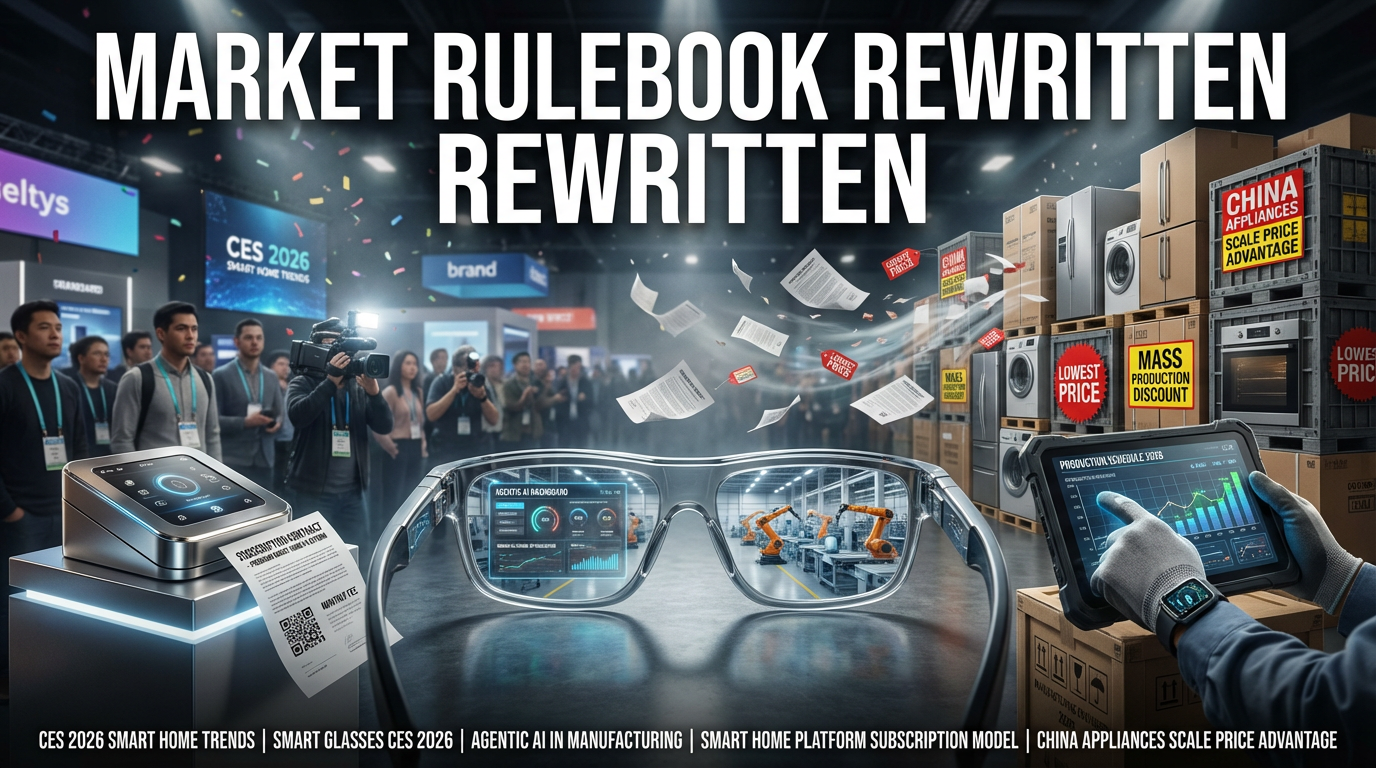● Musk’s Robotaxi Gambit – Tesla’s Model S/X Reveal, Counters Sweden’s Sell-Off, US Eases Self-Driving Rules
Tesla’s Autonomous Driving Innovation and Global Stock Market Changes: Essential Investment Strategy Points Summarized
1. Tesla’s New Model S & X Launch and Technological Innovations
Tesla has officially launched the new Model S and X in the United States.
The new Frost Blue color stands out.
The Model S boasts a maximum driving range of 410 miles (660 km).
Active noise canceling and enhanced body design minimize noise during driving.
New wheels with reduced air resistance, front-facing cameras, and adaptive high beams are installed to enhance safety and driving performance.
Interior lighting flows like an animation along the dashboard and doors, providing a futuristic luxury feel.
The Model X appeals to family customers thanks to its three rows of seats and ample storage space.
The yoke steering wheel option is only available on the Plaid high-performance model for an additional $1,000.
Both models have seen a $5,000 price increase, emphasizing a premium vehicle strategy.
2. Swedish Pension Fund (AP7) Sells All Tesla Shares
The Swedish National Pension Fund (AP7) has sold all of its Tesla shares.
They cited labor rights issues, union suppression, and human rights concerns within the United States as reasons.
Tesla’s holdings were approximately 1.3 billion Swedish krona, accounting for 1% of the pension fund’s total assets.
This decision is interpreted as a warning from an ESG (Environmental, Social, and Governance) perspective, and the pension fund intends to shift its investment direction to companies like Apple.
The market assesses that this strategic sale may actually alleviate some burdens for Tesla.
3. U.S. Government’s Deregulation of Autonomous Driving and Market Impact
The U.S. National Highway Traffic Safety Administration (NHTSA) has significantly eased regulations on autonomous vehicles.
The review period for autonomous vehicles has been shortened to a few weeks, and unmanned autonomous vehicles are now also subject to formal certification.
Tesla’s Cybertruck and Full Self-Driving vehicles are expected to be commercialized quickly.
This is expected to give Tesla’s annual production capacity of 2 million units an advantage over competitors.
Uber and Lyft’s stock prices have declined, reflecting the immediate impact of deregulation.
4. Robotaxi and Future Mobility Revolution Outlook
Tesla is transforming from an automobile manufacturer into a global platform centered on AI and autonomous driving technology.
Elon Musk’s vision of robotaxis is a massive shift from vehicle ownership to sharing.
Consumer satisfaction and safety preference surveys on autonomous vehicles indicate significant changes in price and service compared to existing competitors like Waymo.
If Tesla preempts the fully autonomous driving market with the Cybertruck in the coming years, it is expected to decisively influence the future mobility revolution.
These changes are expected to cause significant repercussions for global stock markets and investment strategies.
5. Key Points Investors Should Note
Tesla’s new Model S and X are focused on a premium strategy through technological innovation and design improvements.
The Swedish pension fund’s sale provides an opportunity to re-examine Tesla based on ESG criteria.
The U.S. government’s deregulation is expected to maximize the commercialization speed of autonomous vehicles.
The introduction of robotaxis and the integration of AI technology are highly likely to change the way we travel.
It is necessary to pay attention to economic-related keywords such as global stock market, autonomous driving, Tesla, investment strategy, and future mobility.
< Summary >
Tesla is targeting the high-end market through design and technological innovation with the new Model S and X.
The Swedish Pension Fund (AP7) sold all of its Tesla shares due to labor rights and ESG issues, signaling a shift in investment direction.
The U.S. government significantly eased regulations on autonomous vehicles, accelerating Tesla's innovation through full unmanned autonomous driving certification.
All these changes foreshadow the robotaxi and future mobility revolution, and are expected to have a significant impact on global stock markets and investment strategies.
Investors should pay attention to volatility, focusing on keywords such as global stock markets, Tesla, autonomous driving, future mobility, and investment strategies.
[Related Articles…]
Tesla's New Model Launch Analysis
Market Changes After U.S. Autonomous Driving Deregulation
*YouTube Source: [오늘의 테슬라 뉴스]
– 미국, 자율주행차 규제 완화! 스웨덴 전량매도에 머스크 로보택시 반격! 신형 모델 S/X 영상공개!

● Yuan’s Dollar Dream- Fractured?
Latest Global Economic Outlook: China’s Renminbi Internationalization Strategy and US-China Conflict
Are you curious about how China’s Renminbi internationalization strategy, which has been conceived for 30 years, the competition for key currency, and the issues of supply chain restructuring and economic fragmentation between the US and China will unfold in the recent global economic arena?
This article will detail China’s key currency challenge, the promotion of Renminbi internationalization, the deepening of US-China conflict, and the diplomatic and economic strategies that Korea should take in chronological order.
The content is organized around the main SEO keywords: key currency, Renminbi internationalization, US-China conflict, international payment, and economic outlook, so if you are interested in the economic outlook, please pay attention until the end.
1. China’s Mid- to Long-Term Renminbi Internationalization Strategy
China has had the goal of establishing the Yuan (Renminbi) as a key currency for 30 years.
Since 2013, it has been developing a full-fledged one-to-one strategy to increase the Yuan’s share in the international settlement market, and is still seeking to expand its international network through the Belt and Road Initiative.
However, in order for the Renminbi to become a key currency, it is emphasized that simply implementing a strategy is not enough, and the world economy must have ‘faith’ in the Chinese economy.
For this reason, China is focusing on improving its economic power and international credibility compared to other key currencies, even if it cannot immediately overcome the dollar.
2. US-China Economic Order and Key Currency Competition
The United States has dominated the key currency system by providing international financial mechanisms such as the World Bank and the IMF, but it is acting as an unstable factor by mentioning recent problems in the US bond and stock markets.
China is promoting the expansion of the Renminbi’s international settlement currency share in the strategy of overcoming the shortcomings of the United States.
On the other hand, the two countries account for a significant portion of the world’s GDP and consumer market, so they are competing over their economic positions and influence on payment systems.
China, which is in a competitive structure with not only the dollar but also other key currencies such as the British pound, euro, and yen, is pursuing a strategy of focusing on one area in the fragmentation of the economic order between countries.
3. International Payments and Global Economic Outlook
In a situation where the dollar accounts for about 44% of the international settlement currency share, a structure is being formed in which other key currencies and the Renminbi coexist or compete harmoniously.
As a world economic power, China has been preparing to establish international trust in the Renminbi, and will continue to challenge the dollar hegemony in the future.
These changes affect the global economy as a whole along with the deepening of US-China conflict, and companies and countries face the task of adapting to the new economic order.
In particular, it provides important implications for those who are interested in the latest trends related to international payments and economic policies, as well as the global supply chain restructuring and diplomatic strategies surrounding them.
4. Korea’s Strategic Position and Response Measures
On the other hand, Korea is in a situation where it must consider alliances and cooperation systems simultaneously between the two poles of the United States and China.
While receiving security and strategic support from the United States and the US-Korea alliance, it also faces the complex task of maintaining a cooperative structure with China economically.
In particular, in the structure of relying on US, Japanese, and Dutch technologies in key industries such as semiconductors, Korea must seek opportunities through stable economic growth and diplomatic strategies.
From the perspective of the economic outlook, Korea must maximize its strengths and make strategic choices in the midst of global economic uncertainty caused by the US-China conflict.
5. Future Prospects and Policy Suggestions
The two axes of the US key currency system and China’s Renminbi internationalization are likely to coexist and maintain a conflict structure for the time being.
The United States will be able to maintain dollar hegemony within the area centered on allies, but China will continue its strategy of securing key currency status within a certain area.
In this situation, each country must increase the stability of its internal economy and international credibility, and policymakers and citizens need to carefully understand and respond to the current issues.
In particular, it is important to draw a long-term economic outlook by comprehensively considering various factors such as instability in the bond and stock markets and changes in international payment share.
< Summary >
China has been developing a long-term strategy to establish the Renminbi as a key currency for 30 years.
In the key currency competition with the United States, the US’s unstable factors and changes in the dollar’s share in the international settlement market are noteworthy.
Korea needs strategic choices while considering both alliance and cooperation in the deepening of US-China conflict and global supply chain restructuring.
Key SEO keywords: key currency, Renminbi internationalization, US-China conflict, international payment, and economic outlook.
Each country must respond to future changes in the global economic order by building economic stability and trust.
[Related Articles…]
Renminbi Internationalization Trends | Deepening US-China Economic Conflict
*YouTube Source: [경제 읽어주는 남자(김광석TV)]
– 기축 통화 ‘쪼개기’ 하려는 중국… 달러 넘보는 ‘위안화 국제화’ 꿈의 허와 실 | 경읽남과 토론합시다 | 강준영 교수 2편

● McDonald’s Return: Putin Blocked
Russia’s Strengthened Protectionism and Restrictions on the Return of Western Companies: Key Economic Outlook Summary
Western Companies’ Withdrawal and Growth of Russian Companies Post-War
Russian domestic companies have experienced rapid growth following the withdrawal of Western companies after the war in Ukraine.
Companies that took over global brands such as McDonald’s, Kellogg’s, and Heinz after their withdrawal have seen explosive sales increases.
For example, Vkusno i tochka has grown by 20% compared to the previous year, recording 2.5 times the sales compared to pre-war levels.
Russian Domestic Companies’ Demand for Protectionism
Domestic companies are concerned that the return of Western companies will lead to the replacement of established systems and facilities with foreign products.
Vkusno i tochka CEO Oleg Paroev directly requested strengthened protectionism from President Putin at the Kremlin meeting.
This movement is not just about protecting individual companies but also strengthening the overall economic system’s self-reliance.
Government Response and Legal Measures
President Putin instructed the government to review measures to neutralize existing repurchase clauses.
The Russian parliament has proposed a bill to invalidate repurchase agreements if assets are sold for less than their value.
This bill increases the possibility that the return of Western companies will be legally restricted.
Ripple Effects on IT and Other Fields
After the withdrawal of Western companies, Russian companies in the IT sector also requested government protection through a joint letter.
Currently, more than 300 IT companies are actively demanding protection for domestic companies if Western groups return.
Shift to Domestic-Oriented Economy and Long-Term Strategy
Russia is rapidly building an economic system centered on domestic demand.
It is strengthening its own self-reliant economy by expanding domestic demand, raising military salaries, and providing corporate subsidies.
The Putin government’s protectionist policy is interpreted as a strategic choice to prolong economic disconnection from the West.
Key Economic Outlook and SEO Keyword Reflection
This summary naturally includes SEO-optimized key economic keywords such as Russia, protectionism, economic outlook, Western companies, and domestic economy.
Russian domestic companies are wary of the risks associated with the return of Western companies and are requesting strong protectionist policies from the government.
As a result, the shift to a domestic-oriented economy and a long-term economic disconnection strategy are likely to intensify.
Russia is seizing the economic vacuum created by the withdrawal of Western companies after the war as an opportunity for the rapid growth of its domestic companies.
Domestic companies are requesting the Putin government to strengthen protectionist policies to prevent concerns about foreign replacement and system collapse.
President Putin and the parliament are responding by reviewing measures to neutralize repurchase clauses and legal sanctions.
Movements to protect domestic companies are spreading in various fields, including IT, and the shift to a domestic-based economy is accelerating.
[Related Articles…]
Trends in Russian Protectionism |
Analysis of the Impact of Western Companies’ Return
*YouTube Source: [서울경제TV]
– “맥도날드 돌아오면 끝장”…러 기업들, 푸틴에 서방 복귀 차단 요청



